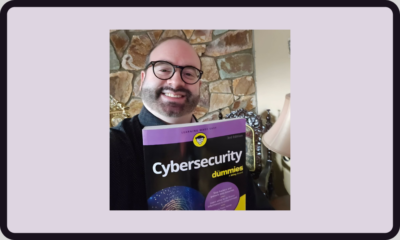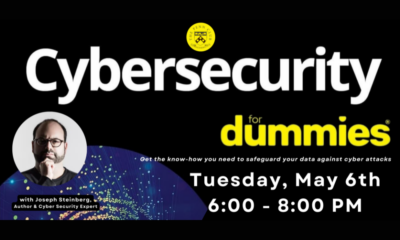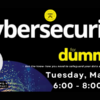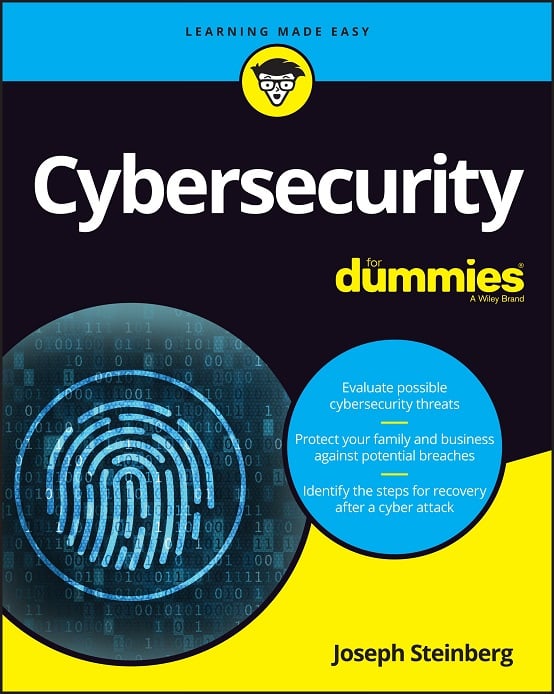How to Protect Yourself From Being Robbed at an ATM
Most modern bank account holders utilize ATMs on a regular basis, but few people are aware of the related security risks – in fact, I often hear people give advice that may increase people’s danger at ATMs. Below, therefore, I present some safety tips – some may sound like common sense, but others are often ignored by many people – sometimes resulting in folks being robbed or worse.
Your ATM/Debit Card and PIN
- If you keep your ATM/debit card in your wallet, make sure that you protect your wallet. Do not leave it lying around where someone can take out the ATM card. This includes at work or in restaurants. The numbers on the front and back of your card can be photographed in seconds, and the card’s magnetic strip can be copied quickly as well. (All of this is also true for credit cards.)
- Consider asking your bank for an ATM card that cannot be used as a debit card. While such cards may lack the ability to be used to buy goods and services, if you make all of your purchases using a credit card (as I generally recommend that you do), you won’t miss the convenience of using an ATM/debit card to do similarly. By preventing the card from being used as a debit card you make it more likely that only someone who knows your PIN number can take money out of your account.
- Choose a random Personal Identification Number (PIN) unrelated to any information that you know. Do not use a PIN that you have used for some other purpose, and do not establish any PINs or passwords based on the one you chose for your ATM card. Never write down your PIN. Never add it to any computer file. Never tell anyone your PIN – this includes bank employees.
- Immediately notify your bank if your card is lost or stolen.
Safely Choose and Approach ATMs
- Try to use ATM machines during daylight, as most ATM robberies occur at night. In fact, statistically speaking, you are many times more likely to get robbed at an ATM at night than during the day. If you must go at night, do not use an ATM if there is not plenty of light around it. You want people to be able to easily see you when you are there.
- Likewise, avoid, at all hours, ATMs that cannot be seen from the street or other public places (e.g., inside busy stores is fine) – criminals love ATMs obscured by trees or bushes and those located behind buildings; thieves want as few witnesses to their crimes as possible.
- Going to an ATM with another person can dramatically improve your odds of avoiding being robbed. It is not always practical to do so, but, especially if you cannot avoid other risk factors – e.g., you must go at night – consider going with at least one more person. Robbers prefer to target people who are alone.
- If anything seems amiss when you approach the ATM, do not approach it. Notice suspicious people, objects, cars, etc. Is someone is loitering near the ATM, don’t approach it; robbers often “hang out” nearby waiting for would-be victims. If your gut says a situation may be unsafe, avoid it.
- Ideally go to an ATM inside a bank during bank hours. After hours, if you can go to an ATM inside a store that has staff working, choose that ATM over those in deserted bank lobbies. A small service fee may be worth the added security; note that some stores have ATMs with no service fees (e.g., 7-11 ATMs for Citibank customers), and that some banks refund fees charged for taking money out of accounts via third-party ATMs.
- Minimize the time that you are at the ATM. Have your ATM card ready and in your hand as you approach the ATM, and know your PIN number so you can enter it quickly; do not wait until you are in front of the ATM to take your card out of your wallet or purse, and never look up your PIN number in a smartphone while at the ATM. If your ATM card has a chip, make sure it is clean before going to the ATM. (You can use a tiny amount of hand sanitizer to clean it.) If you are making a deposit, prepare the checks and cash before you go to the ATM.
- All checks deposited at an ATM should be endorsed with “For Deposit Only” above the signature – written on the check before you approach the ATM.
- When using a drive-through ATM, keep your car running, with all windows and sunroofs fully closed except for the driver’s window. If you are in a convertible, close the roof. Watch your rearview and side mirrors – robbers intending to rob someone in a car often approach from the back of the vehicle in order to leverage the element of surprise, and they typically approach on the driver’s side. There are some experts who recommend keeping your car in Drive and your foot on the brake when using drive-through ATMs, as doing so will allow you to escape the area quickly if you see danger approaching; following such advice, however, may increase the risk of a car accident more than it improves your odds of not being robbed, and, as such, I recommend putting the car in Park unless you are absolutely sure that you will not accidentally let the car move if it is in Drive while you are at ATM. The potential danger of keeping the car in Drive while using an ATM is likely greater for right-handed people than for left-handed people; the former often turn their bodies leftward in order to use the ATM through the driver’s window with their right hands – a process which often results in repositioning of their right feet.
When Using an ATM
- Visually look over the ATM before inserting your card – look for cameras and skimming devices (skimming devices are devices that read your ATM card and are often inserts added over the original ATM card slot), or signs of tampering. Some clues that an ATM might have been tampered with include physically misaligned or crooked sections of the machine, damage to the machine such as dents, scratches, or broken pieces, any loose components, sticky residue, anything atypical near the card slot or keypad, visible holes in the machine, anything stuck to the machine, or, if the ATM has a physical keypad, any abnormal resistance when pressing keys.
- Do not let anyone see any of the activity that you perform on the ATM – especially not your PIN when you enter it. Block the ATM screen with your body, and, whether the ATM has a physical keypad or on-screen keypad, use one hand to enter the PIN and the other to cover the area. Theoretically, it might be best to enter part of your PIN with one hand and part with the other – but I suspect that such advice would be deemed by most people to be impractical, and, therefore, would be rarely followed. Also, keep in mind that all around us there are high-resolution cameras with zoom capabilities – do not rely on the fact that you cannot see someone looking: always block views of the ATM and keypad.
- On that note, if there is a line of people waiting for the ATM, or, if, for any other reason, someone is behind you when you approach the ATM, ask that person to step back until he or she is at a comfortable distance. If he or she does not comply, either call security or let the offender use the ATM first.
- Be in possession of cash for as little time as possible at the ATM. While some robbers will force people at gunpoint to make withdrawals, others just take cash that a victim already holds. If you need to withdraw money and perform other tasks (e.g., checking balances, making payments), always withdraw the money last. If you need to make a deposit that includes cash, make it first.
- If possible, do not withdraw large amounts of cash in a single ATM visit. If you must get large amounts, it is better to try to break the withdrawals into two or three several separate trips to ATMs (one word of caution – do not break the withdrawals into too many or the bank may prevent the withdrawals due to a suspicion of fraud).
- When you withdraw money, immediately put it into your wallet, purse, or pocket. Contrary to the oft-repeated conventional advice, with rare exceptions you should NOT count the money you receive from an ATM while you are at the ATM. The odds of the ATM making a mistake are miniscule compared with the increased risk of robbery that you can create by counting cash in a public location. If you count the money when you come home and discover a mistake was made, you can explain to your bank why there was a delay in reporting it – the folks there are aware of the security risks at ATMs.
- Either do not request a receipt, request that it be emailed to you (if your ATM offers such a feature), or take it with you. Never leave ATM receipts behind.
- If somehow you are robbed, do not argue or fight with a robber. Give him or her your cash – do not risk your life over money. But, while you may be in a state of shock, stay calm and try to memorize as much about the perpetrator as you can. The better that you can describe the thief to police – and provide information about his or her escape vehicle and direction of exit – the better the chances are that he or she will get caught. Call the police as soon as the robber leaves. If the robber tells you to leave, leave, and call police after you arrive at a safe location.
- Know that entering your PIN backwards will not summon police, no matter how many times you have read on the Internet that it will do so.













 CyberSecurity for Dummies is now available at special discounted pricing on Amazon.
Give the gift of cybersecurity to a loved one.
CyberSecurity for Dummies is now available at special discounted pricing on Amazon.
Give the gift of cybersecurity to a loved one.